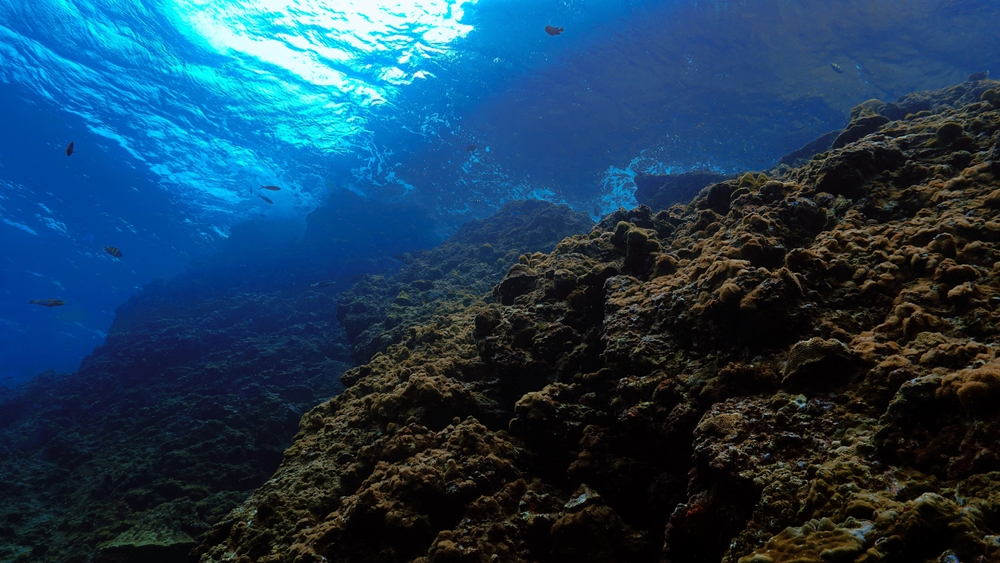It’s Latin name means “little flower”.
Others are reading now
The ocean is a vast and mysterious realm, covering more than 70% of Earth’s surface.
Despite its enormity, much of it remains unexplored, hiding countless secrets in its depths.
From unique ecosystems to undiscovered species, the ocean continues to captivate scientists who strive to understand its wonders.
Recent expeditions have shed light on just how much there is still to uncover beneath the waves.
Also read
A New Species Emerges
Researchers recently discovered a new marine species, Vitrumanthus flosculus, in underwater mountains south of Japan.
Found at a depth of 400 meters, this tiny organism — whose Latin name means “little flower” — is part of the Parazoanthidae family, a group of coral-like creatures, according to WP.
Using a remotely operated vehicle (KM-ROV), the team explored the Nishi-Shichito Ridge, a region known for its rich biodiversity.
They collected samples of Parazoanthidae, leading to the identification of V. flosculus.
The species is notable not only for its small size — 1.5 to 2.5 millimeters in height and 1.0 to 2.5 millimeters in diameter — but also for its unique relationship with glass sponges.
The organism attaches itself to the sponge’s surface, living in symbiosis with its host.
Scientific Breakthrough
The new species was formally identified through morphological and molecular analyses.
By sequencing its entire mitochondrial genome, as well as that of its relative Churabana kuroshioae, scientists confirmed its evolutionary placement.
“This discovery highlights the ecological value of underwater mountains,” the research team noted.
They emphasized the importance of exploring these regions, as they likely harbor numerous undiscovered species.


